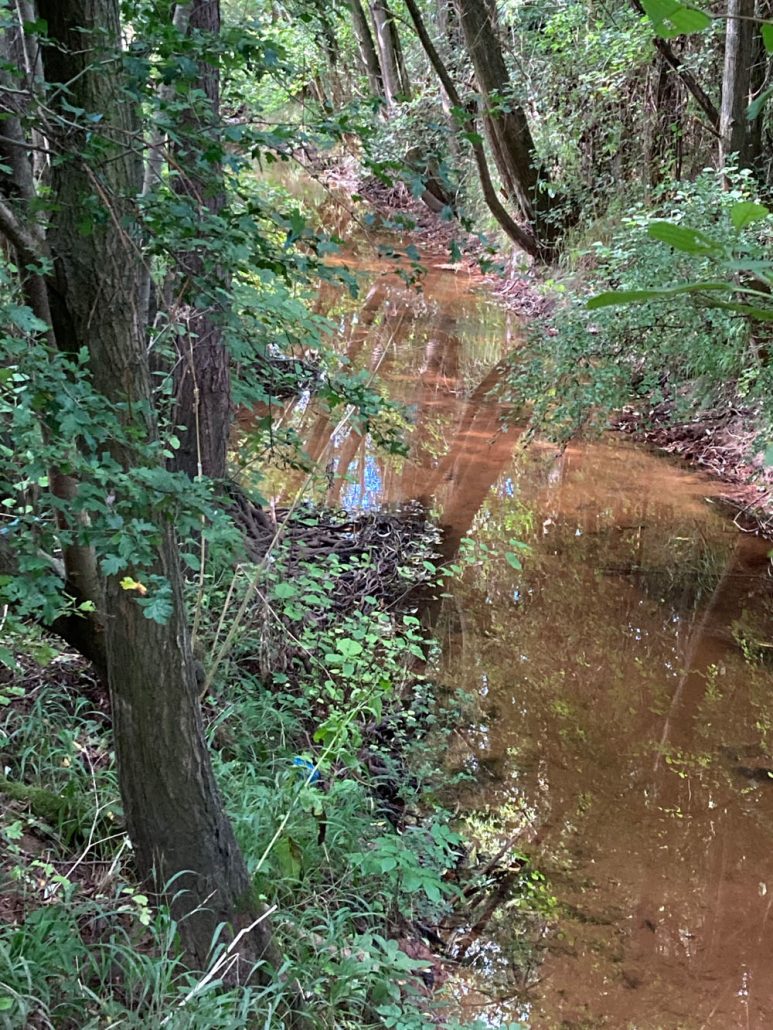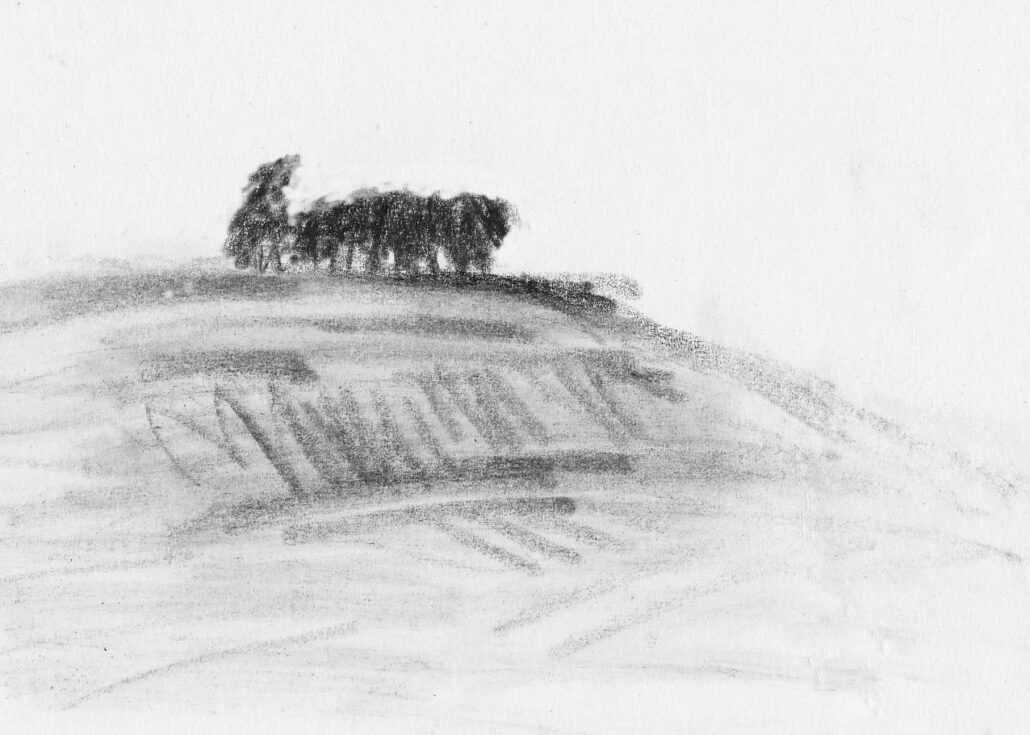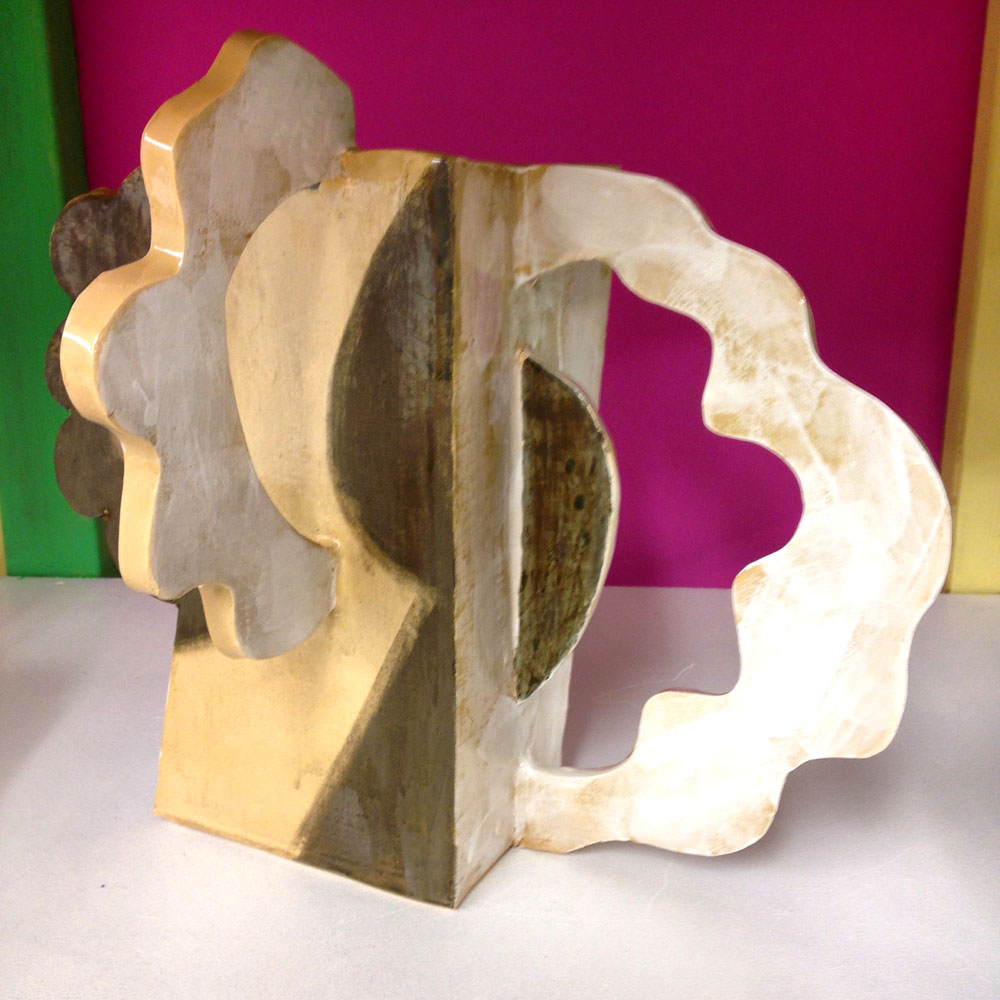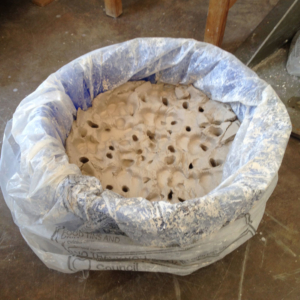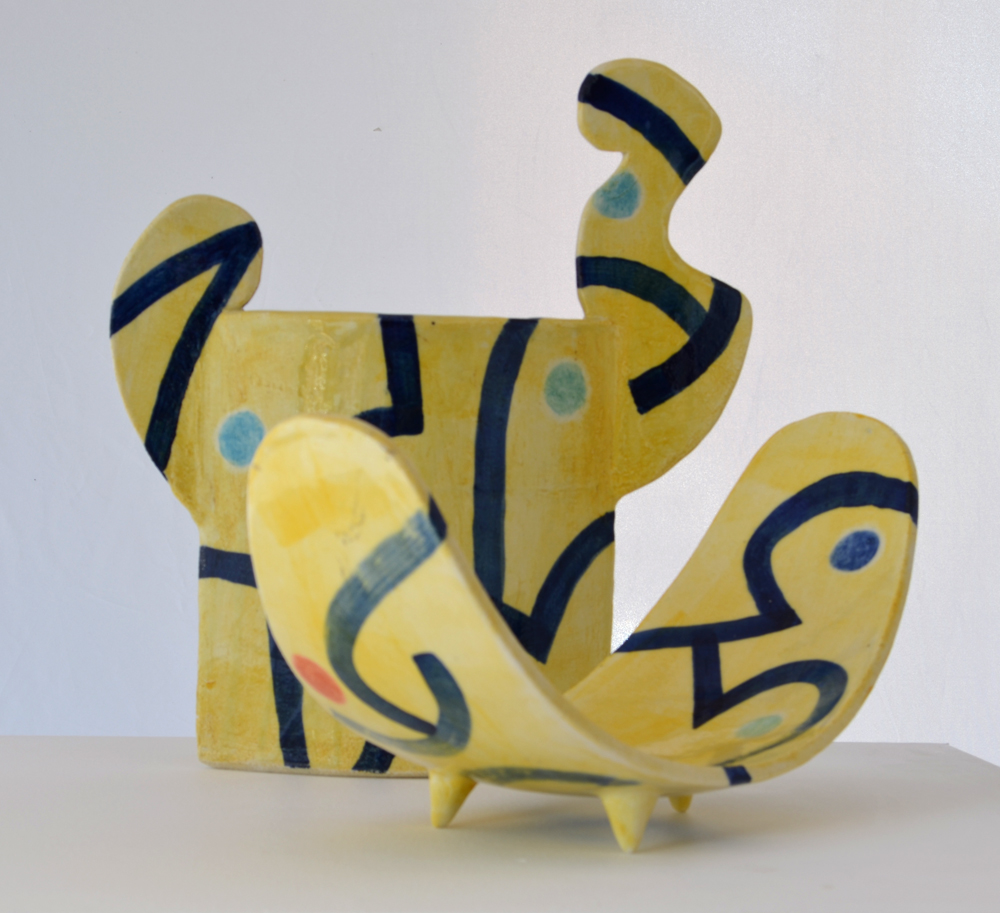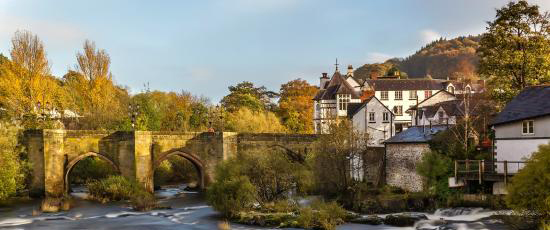November news
Sitting on CJ’s bench and looking down at Ledbury from Bradlow Knoll was an autumnal experience in that it was misty, mellow and mushroomy, and there were no sheep bleating and no birds singing – everything was wrapped in a dull light that seemed to smother any sound, as well as the view. It is pleasing to see how a well-worn path has established itself and forked off the main path towards the bench – obviously it is well used, and the many backsides will add a patina of polish to the wood as time goes by.
November is a little late for mushrooms but there are still a few hanging around in the woods daring you to pick them, and there is that strange damp, rotten-wood mushroom whiff that appears at this time of the year. The one that stood out was a Fly Agaric that had had its edges nibbled by something – strangely, since they are somewhat poisonous, specially to insects. In northern European countries it was used to keep flies off the milk, thus the name, and it can induce psychedelic episodes in those shamans and hippies who ingest it.
Lots of ‘Old Man’s Beard’ along the path, named after the fluffy seed heads that can be found in the autumn and early winter, it’s a wild clematis that produces a mass of scented, white flowers in late summer and is pollinated by bees and hoverflies. Owing to the fact that the dry stems draw well and do not burst into flame, cigar lengths were smoked and hence it is also called Smoking Cane. But it is best known as Traveller’s Joy.
And thus, dear reader, this seamlessly leads us on to the joy of travelling along the south coast on the A27 delivering my ceramics to some wonderful galleries, two of which we have visited before in this blog. However, Chichester provides a new outlet in the wonderful Oxmarket Gallery, a medieval deconsecrated church which has existed since the 13th century and was used as a church continuously until the mid-20th century, when wartime damage forced its closure.
It was restored and converted into an arts centre opening as Chichester Centre of Arts, later renamed Oxmarket Centre of Arts. It’s right in the middle of Chichester, with a large car park conveniently next door, and an exhibition space that is airy and light.
Yes, Chichester, medieval town of narrow streets and birthplace of Tim Peake, British astronaut, and of William Huskinsson MP, whose statue stands by the river Thames in Pimlico Gardens, London, opposite the old Battersea power station – a nineteenth century politician and statesman, an eminent financier, Corn Law reformist and parliamentary reformer.
He was struck by George Stephenson’s Rocket at the opening of the Liverpool and Manchester line, and thus one of the first casualties of the railway age. It turns out he was born a few miles from the studio, in Birtsmorton Court at the foot of the Malvern hills.
On my way to the Coastal Gallery in Lymington, I stopped off at Arundel for the first time and had a close look at the castle and Catholic cathedral which are so striking when seen from the main coastal road. The Coastal gallery now have a partnership with the Palais des Vaches gallery in Exbury, Hampshire, and are showing work there too.
The stuff one learns on one’s travels. Did you know that Arundel’s river Arun is full of mullet, which is why its residents are known locally as mullets? I am referring to the fish, of course, and not the hair style so popular in the 1970s – those of you old enough will remember that finest of all mullets, which sat on the head of footballer Kevin Keegan and no doubt added some aerodynamism to his famously speedy runs up the pitches of the UK and Europe.
Back along the A27 and to the tranquil, upmarket town of Hove to deliver ceramics to the Cameron Contemporary gallery meant driving through a crowd protesting outside a secondary school at Covid vaccinations being given to children. Many banners, much shouting and a leaflet was handed through the car window. Still thinking of my visit to Arundel, I said I’d mullet over.
Back in the studio in Ledbury, and with protests in mind, I decided to make a bigger Willow Pattern Protest Vase with the conventional images on one side and the subversive ones on the other (I made an earlier version, see March blog). The firing went well and there was hardly any warping in the arms of the vase, those thinner more exposed parts tend to be affected by the heat than the main body of a work, so it was pleasing when it came out unscathed.
You might want to see pearl mullet swimming upstream to spawn, Admirable little creatures, bless ’em – they don’t deserve having a bad hair style named after them.













